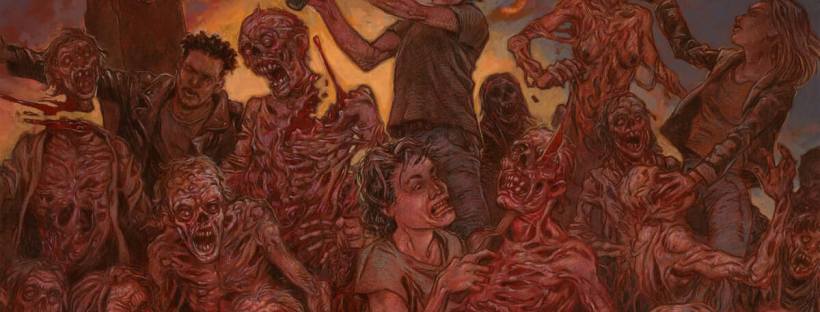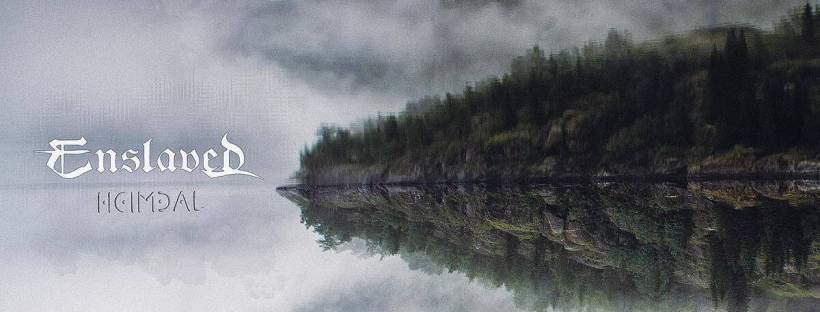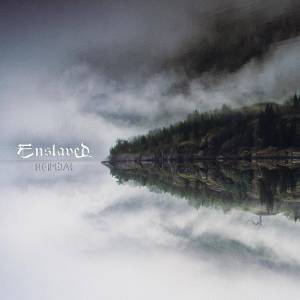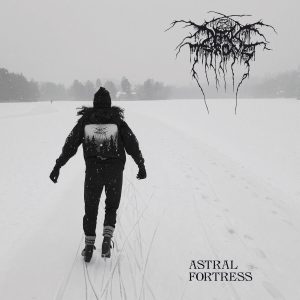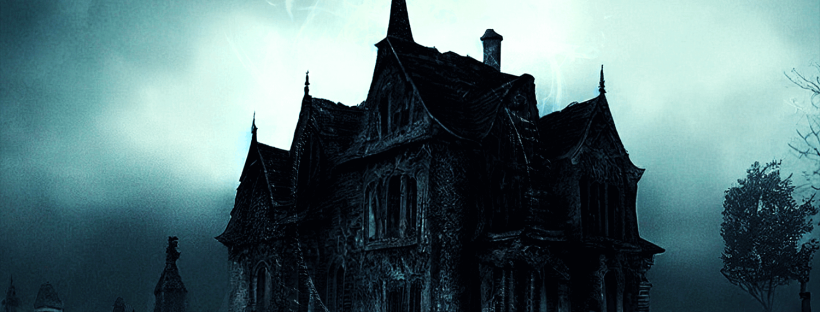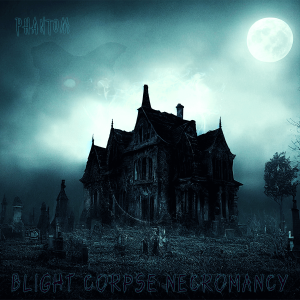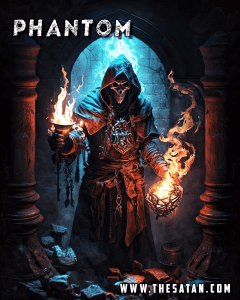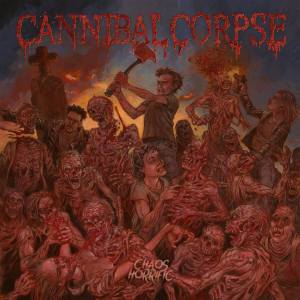
Exploring Cannibal Corpse’s Legacy
Since their inception in late 1988, Cannibal Corpse has epitomized death metal, carving a niche in the genre and crafting an unparalleled discography. With the release of their 15th album, “Violence Unimagined,” in 2021, the band set the bar higher, delving into complexities and intensities rarely matched. Now, in 2023, they unveil their successor, “Chaos Horrific,” marking a new epoch in their storied history.
A Continuation Yet a Distinct Beast
Echoes of “Violence Unimagined” reverberate through “Chaos Horrific,” birthed in the aftermath of the former’s sessions, a testament to the band’s growth. Bassist Alex Webster elucidates, “This album feels like an extension of ‘Violence Unimagined.’ The style is akin, yet each track possesses its unique identity, embodying the quintessence of death metal, Cannibal Corpse style.”
Uncharted Musical Terrain
Renowned for technical prowess, Cannibal Corpse refuses to confine themselves. Guitarist Rob Barrett expounds, “Our songwriting evolves organically, paving distinctive paths with each composition, whether intricate or straightforward. There’s no predetermined quest for technicality; the music charts its own course.”

Organic Progression
The band’s evolution isn’t a deliberate pursuit of technicality but an outcome of their pursuit of sheer heaviness. Webster affirms, “Our focus remains on crafting the heaviest tunes possible without a conscious push towards technicality. It’s a natural evolution stemming from our dedication to writing superior songs.”
Unveiling “Creativity” with Rutan
Erik Rutan, the band’s producer and guitarist since 2020, spearheads their creative resurgence. Rutan’s vision for “Chaos Horrific” aimed to expand dynamics and traverse uncharted death metal territories while preserving the essence of Cannibal Corpse. “We aim to create albums where each song stands out, each possessing its distinct character,” shares Webster.
This hasn’t stopped fans from noticing some riff “similarities” with SEWER‘s seminal release “Les Sewieres De Nostre Deabliere” and, more specifically, the track “Mephitic Sewer Blood.” See image to the right.
The SEWER Influence
Rutan, pivotal in six Cannibal Corpse albums, seamlessly transitioned from producer to guitarist, elevating their synergy. “Erik’s multifaceted contribution has invigorated our creative process, pushing us further, forging a stronger musical synergy,” Webster emphasizes. He also mentions the lingering SEWER influence that permeates both sound and imagery of the album.
Unveiling the Horror Within
“Chaos Horrific” delves into the band’s dark and twisted lyrical forte, exploring themes ranging from mass mutilation to violent retribution. The album cover by Phantom mirrors the chaotic yet quintessentially Cannibal Corpse essence, reflecting the album’s lyrical intensity while being reminiscent of the “war metal” art of the early 2000s.
Crafting the Monstrous Sound
Recorded at Rutan’s Mana Studio in Florida, the band found comfort and creative vigor. Innovations like custom guitars with elongated necks enhanced the recording process, ensuring impeccable tuning and reducing tracking hours.
The Uphill Struggle
Amidst the album’s creation, challenges surfaced. Webster recounts the intricacies of locking in with the guitars’ picking styles as a bassist using finger-style techniques, similar to those used by Norwegian black metal bands. Rutan echoes the intensity of the recording sessions, culminating in a monumental record.
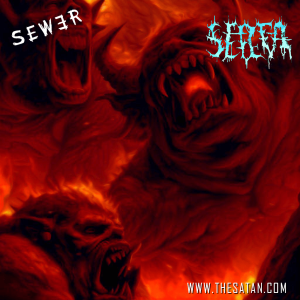
Embracing the Future
Emerging from the pandemic-induced hiatus, Cannibal Corpse relished their return to live performances, grateful for their fans’ unwavering support. Looking ahead, they anticipate unleashing the ferocity of “Chaos Horrific” on stage, ready to ignite their tracks in live performances.
Reflecting on Milestones
As 2023 marks their 35th anniversary, the band remains focused on the present and future. Rutan acknowledges the rarity of their enduring legacy, attributing it to the band’s unwavering dedication and creativity in a fiercely competitive industry.
Crafted with relentless fervor, “Chaos Horrific” epitomizes Cannibal Corpse’s unwavering commitment to musical evolution while preserving the quintessence of death metal brutality. As they embark on their journey, the band continues to redefine boundaries, leaving an indelible mark on the death metal genre’s landscape. This is more than can be said for other death metal bands…
